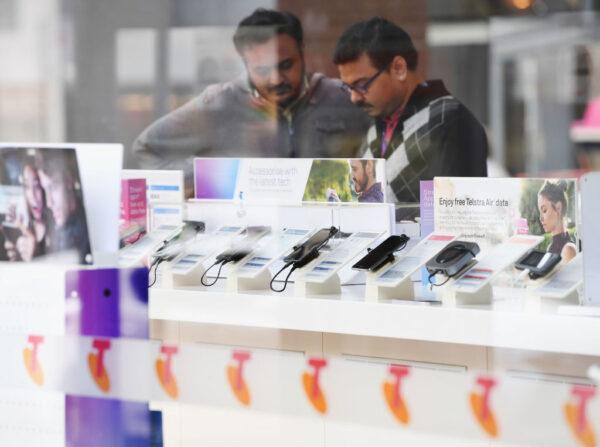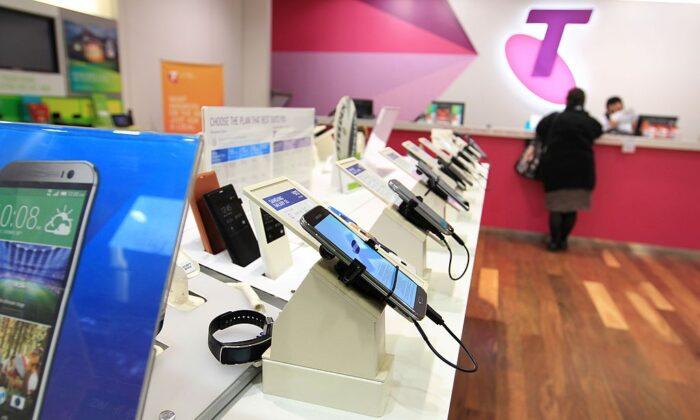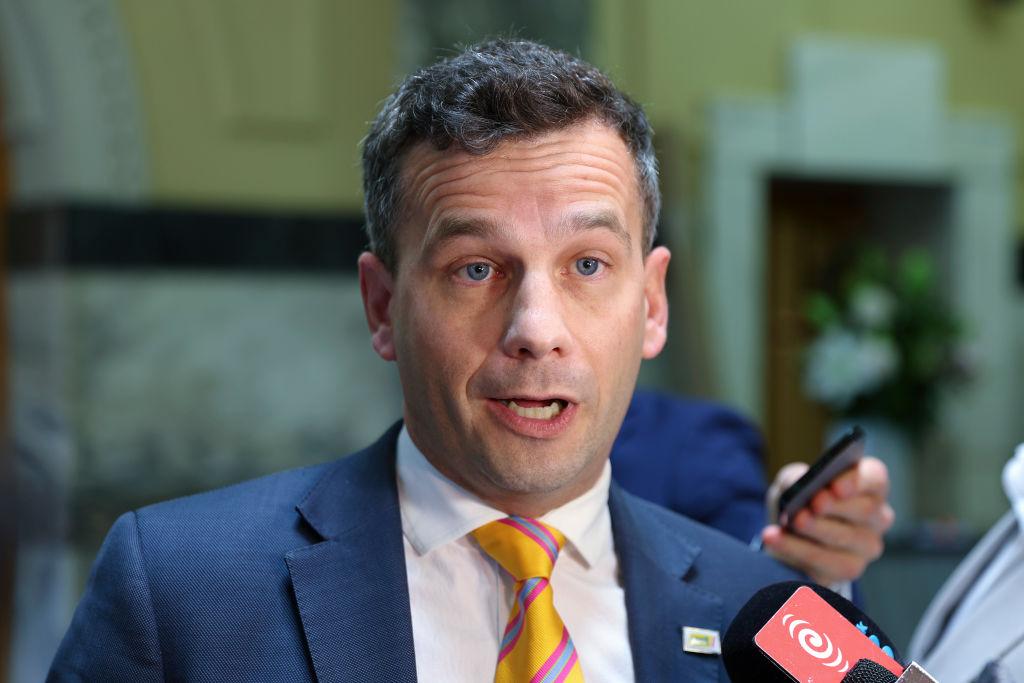Recent price increases by the three biggest telco companies mean millions of Australians will be paying more for their mobile phone plans.
New analysis by the Australian Competition and Consumer Commission (ACCC) has found that since July 2020, Telstra, Optus, and Vodafone has pushed up the prices of many post-paid plans.
These three telco companies collectively hold 87 percent of the total retail mobile phone market and 95 percent of the post-paid market.
The companies have also effectively increased pre-paid plans by shortening expiry periods, meaning customers need to recharge more often.
The consumer watchdog is encouraging consumers to compare the prices and features of the three predominant companies against smaller providers that re-sell services on the major operators’ networks.
ACCC’s suggestion to move to smaller providers with comparable data inclusions could save customers between $5 to $25 (US$3.75 to $18.74) per month.
“Small providers offer cheaper alternatives for consumers,” ACCC said. “Although their plans usually don’t include extras such as access to content, their voice calls, SMS, and data packages are similar to those offered by the three networks operators.”

In the past 12 months, Telstra’s post-paid plans have increased between $5 to $15 a month, while its pre-paid plans have increased by up to 50 percent. Optus plans have increased by $6 across the board, and Vodafone plans have increased by up to $40.
The watchdog also suggests that consumers check how much data they typically use and choose a plan that covers the data amount required.
“We suspect many customers who have recently had their mobile provider justify a price increase with higher data usage would prefer the previously available lower monthly fee in exchange for a lower data allowance.
“Before changing over, we encourage consumers to compare different providers’ geographic coverage, and consider their individual needs, as not all providers offer the same coverage,” Sims said.
Last year, Optus had decided to freeze the prices on all their mobile phone plans until the end of 2020.






Friends Read Free